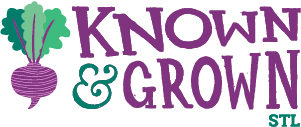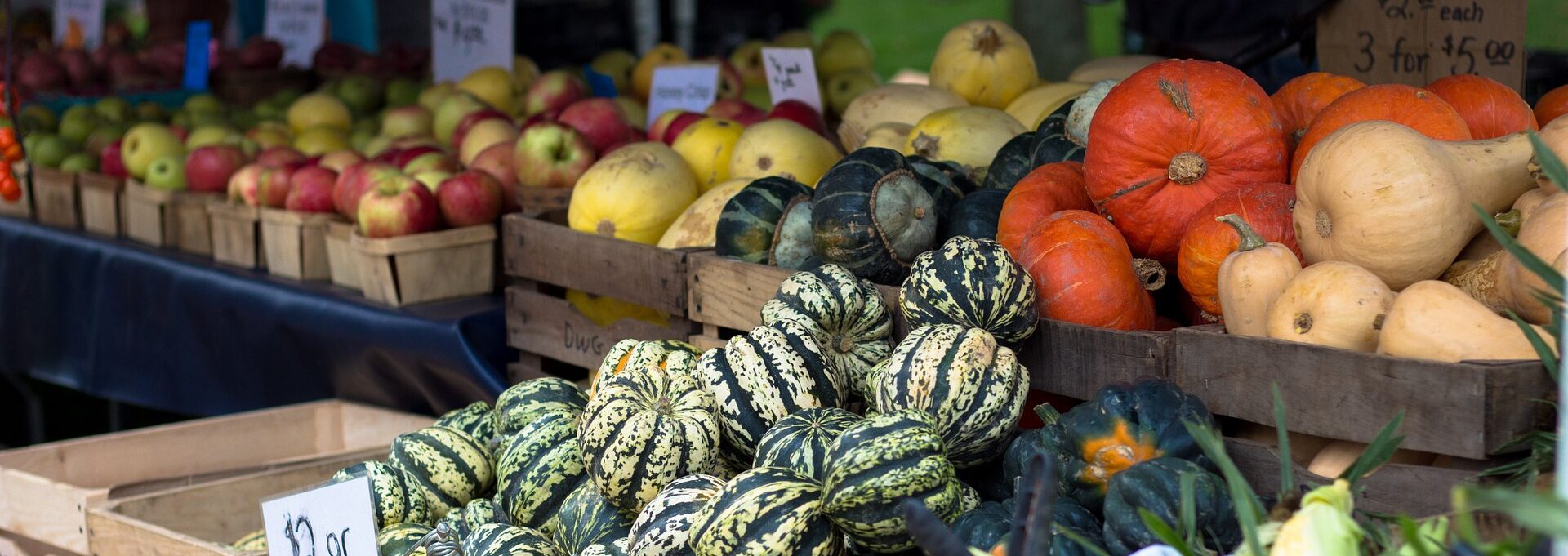What we choose to eat is no longer seen as neutral.
What we choose to eat is no longer seen as neutral. In recent years, our food purchasing and consumption habits have increasingly been characterized as decisions that carry moral ramifications. Consumers are increasingly focused on knowing who produces our food, were they fairly compensated, what land stewardship practices are employed on food-producing operations, is the welfare of livestock valued, and how many “food miles” are between the farm and our plates. It is important to note that how our food is grown, stored, transported, processed, and cooked all influence the environment and greenhouse gas emissions. This consumer concern regarding the environmental and economic impact of food production systems has increasingly brought about a desire for consumers to detach themselves from a global food supply chain, and seek out a food production system that offers what is vaguely defined as “local food.”
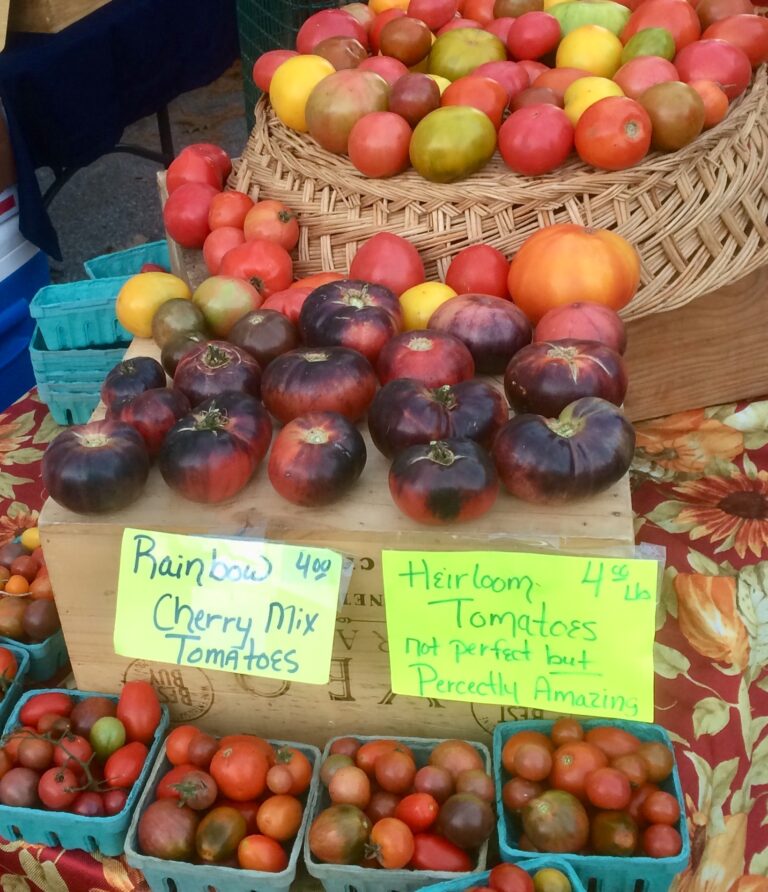
So what is “local food?” This seemingly undefined phrase can be described as a broad term encompassing many elements of changing consumer preferences. We are increasingly drawn to the proven and perceived benefits of locally produced grains, fruits, vegetables, nuts, protein, and value-added products of all varieties. There is no consensus on a definition of “local” or “local food systems” in terms of the geographic distance between the point of production and consumption. Defining “local” based on market outlets, such as farmers selling directly to consumers at regional farmers’ markets or to schools is well recognized. Sometimes “local” is associated with any food produced statewide. Local food markets account for a small, but growing, share of U.S. agricultural production. The Missouri Coalition for the Environment’s “Known & Grown STL” program views food produced within 150 miles of St. Louis as “local food.”

There are benefits of local food systems, and these benefits extend beyond just the availability of food grown closer to consumers’ homes. Nutritious food reaches the refrigerators and kitchens of consumers more quickly following its harvest. This can help to ensure fresher flavor, increased shelf life and decreased transportation costs and emissions. Buying locally grown food often means knowing the farmer or producer and having a more transparent view of how the food was grown or processed. In addition, buying local gives consumers an opportunity to appreciate the quality and short-term availability of seasonal crops. Eating seasonal foods can raise awareness of the region’s harvest calendar, which in turn can further enhance the value of locally grown, seasonally available foods.
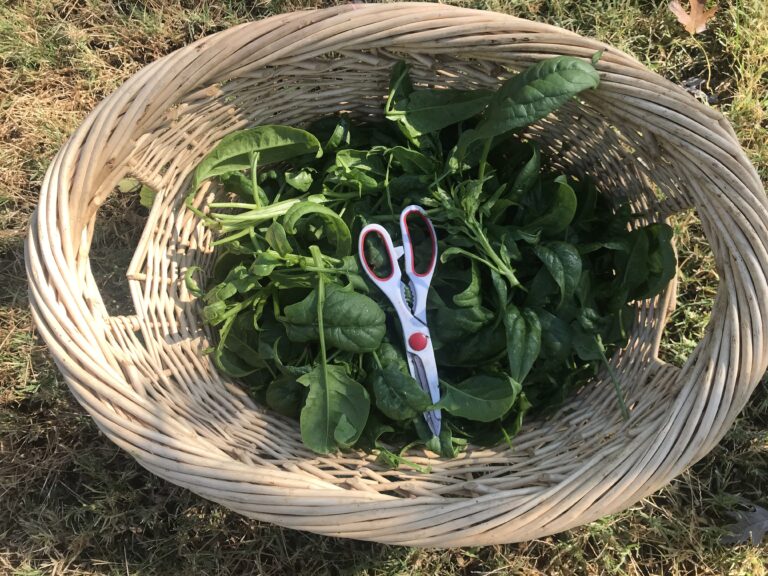
Farmers benefit from an individual consumer-facing local food system because personal relationships with residents and regional purchasers may lead to additional market opportunities that can increase sales and farmer income. By frequently communicating with local residents farmers can identify desired products, and raise the crops that will meet consumer demand. A thriving local food system also provides opportunities for local producers to educate their customers about production methods and to support environmental stewardship by spending their food dollars on products that may be grown more sustainably. Farmers can also teach consumers about the benefits of using USDA Organic methods, cover cropping, and using minimal tillage in their fields.
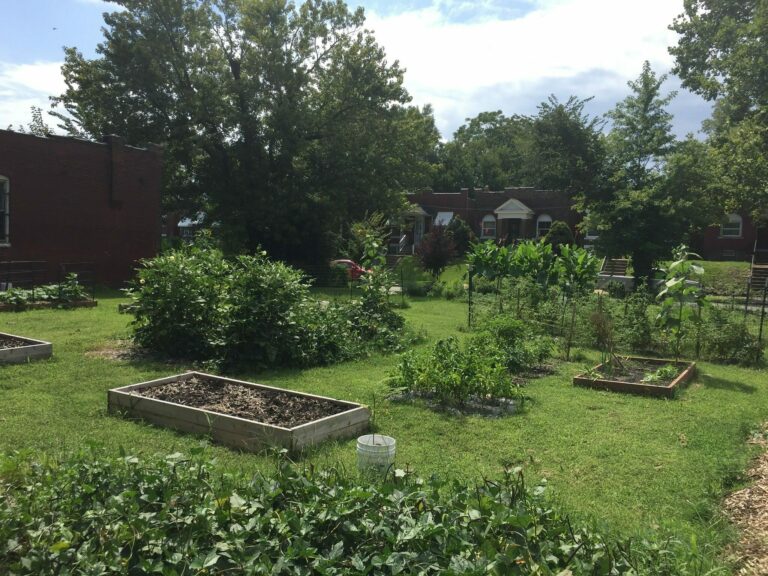
Supporting local food systems also highlights local knowledge of farming techniques and provides opportunities for younger generations of aspiring farmers to enter into farming on a small scale operation. The startup and production input costs of large-scale or commodity-focused farming can stymie new farmers’ entry into agricultural production. Beginning as a local food producer and building a business in small steps can be more affordable for nascent producers.
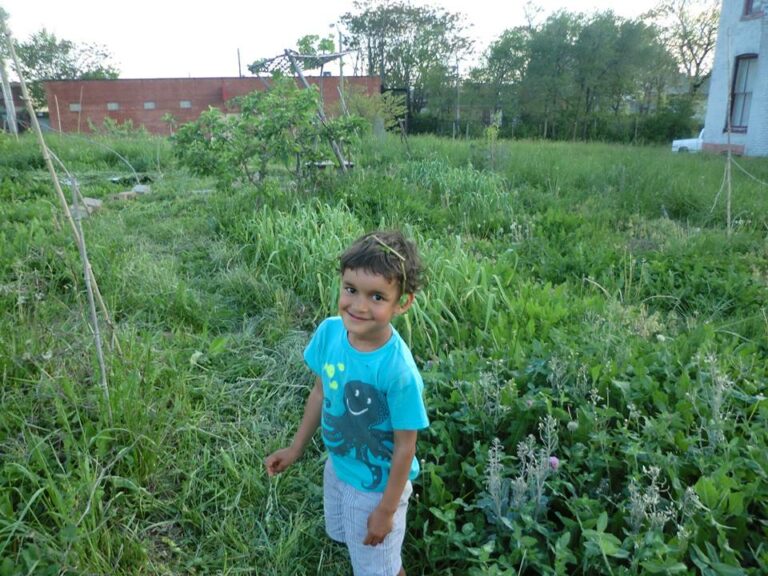
A local food system benefits the communities surrounding the areas of food production. Communities benefit because supporting local food systems can bolster their local economies. Buying from local farmers means food dollars stay in the community instead of flowing out to other states and countries. Local farms employ members living in their communities: family members, neighbors, youth and other community residents. Supporting local food systems also means supporting local business development. While their role is vital, local food systems need more than just entrepreneurial, innovative farmers to thrive. Community facilities for processing and packaging products and locally based transportation providers also contribute to building a stronger local economy and food system.
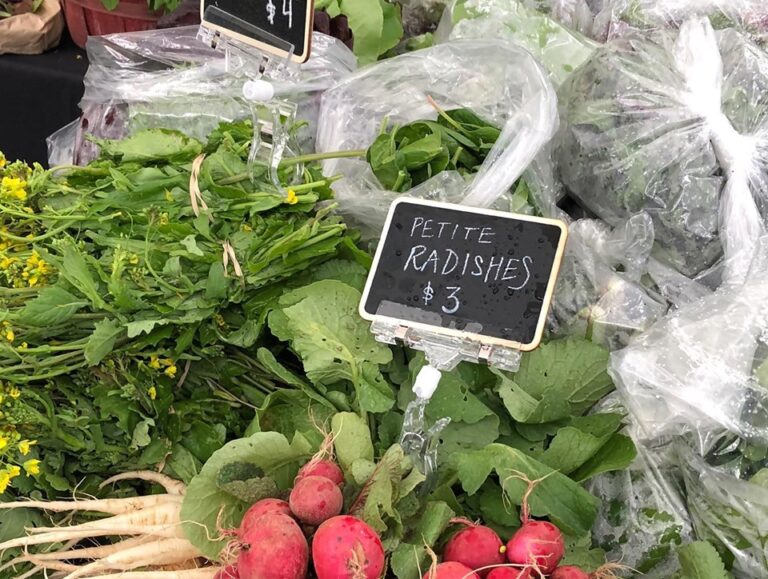
The consumer demand for locally produced food is creating jobs and opportunities throughout rural America for farms, businesses and entrepreneurs that store, process, market and distribute food locally and regionally. Farm and business opportunities continue to increase as the market share of local and regional foods grows. While the global food supply chain has and will continue to supply safe to eat, and abundant food to consumers, purchasing locally and regionally produced food and value-added products offers economic and environmental advantages that align with changing consumer values. Known & Grown STL is proud to highlight local operations that produce nutritious and responsibly produced food to the St. Louis regional food system.
– Guest blog by Dylan Zielonko, Deputy Program Officer for the Farm Journal Foundation


